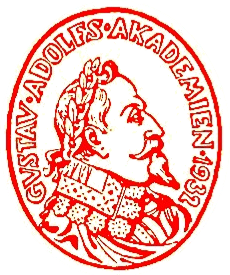The Cunning Man
A Microhistorical Analysis of Jacob Orm and the Economics of Magic in Trondheim, 1730–1742
DOI:
https://doi.org/10.61897/arv.v80i.44665Keywords:
crime, theft, magic, treasure, devil, money, limited good, cunning folkAbstract
This article presents a microhistorical analysis of the practices of cunning man Jacob Orm and the so-called “great thief conspiracy of Trondheim” of the 1730s. Orm practised treasure hunt-ing and the finding of lost goods, and he participated in an attempt to conjure up the devil. The article argues that Orm partook in creating the narrative that he was a cunning man by going on frequent magical excursions, maintaining contact with other cunning folk and owning magical objects. The article presents the only known trials with elements of treasure hunting from Nor-way and contextualizes them within the broader field of Scandinavian and European treasure lore. Finally, the article argues that the form of economic behaviour observed in treasure hunts is best understood through the concept of limited good.
Downloads
Published
How to Cite
Issue
Section
License
In Volume 81 and subsequent volumes, authors of content published in ARV retain copyright to their works and articles are published under the terms of a Creative Commons CC BY license.
Content in Volumes 1 – 80 was published without a Creative Commons license, and the copyright for this content is held by Kgl. Gustav Adolfs Akademien.
View the journal's full Open Access Policy.



